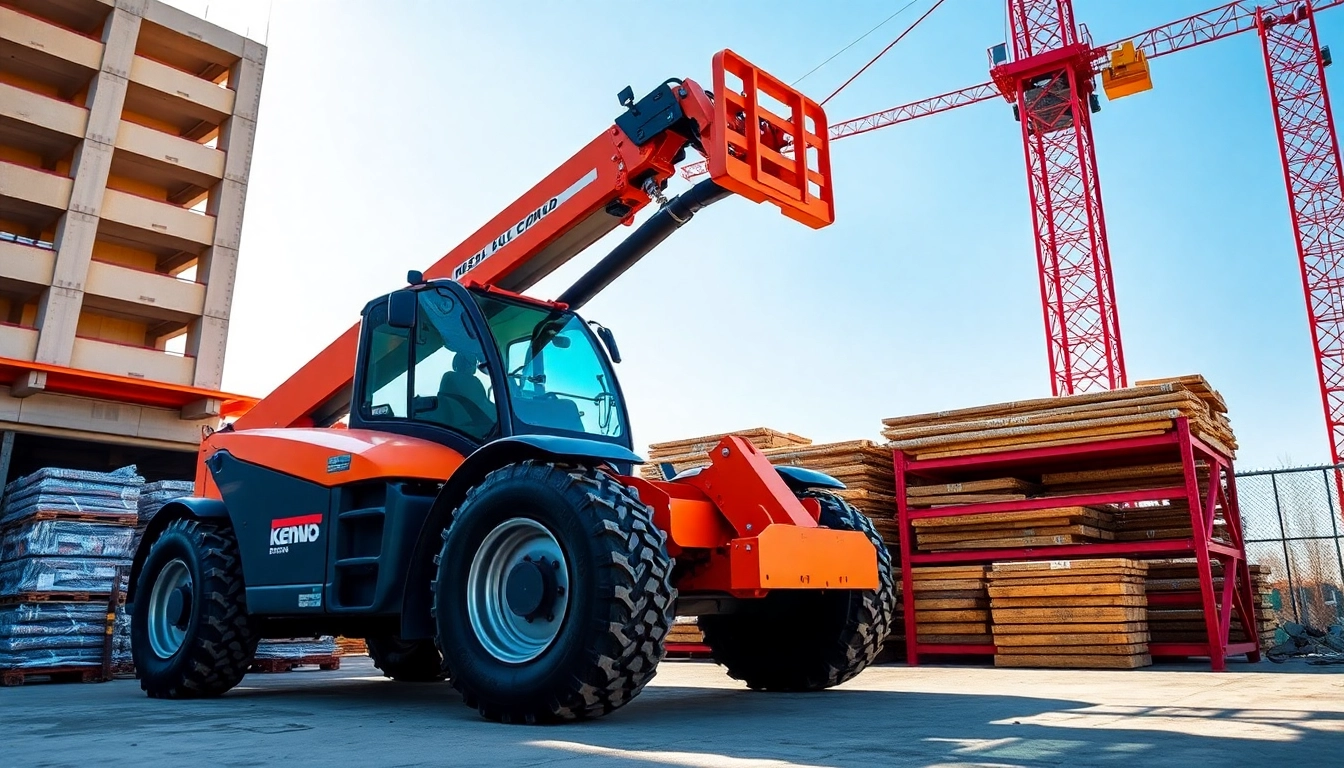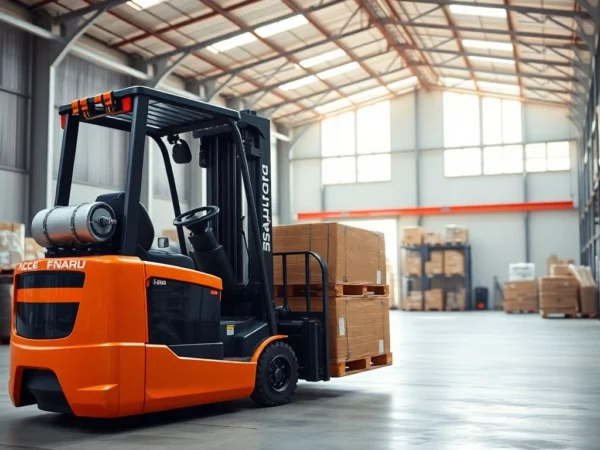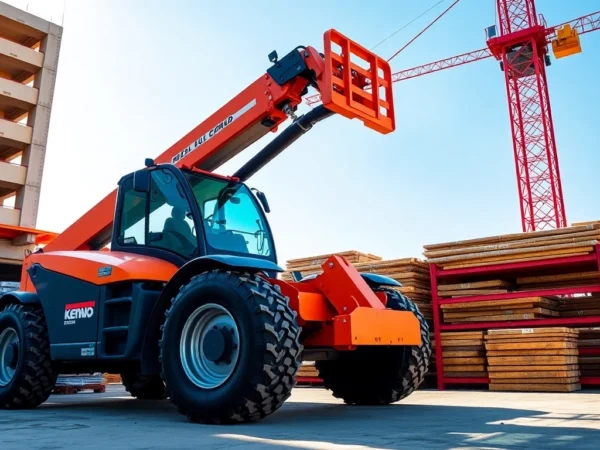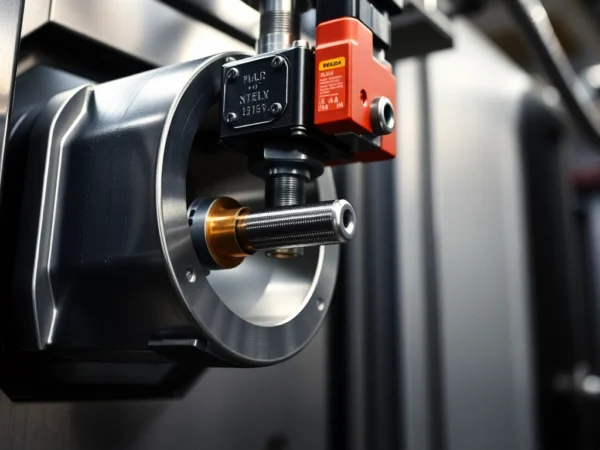Efficient Telehandler Rental Services for Construction and Industry Projects
Understanding Telehandler Rental: Key Features and Benefits
In the dynamic landscape of construction, manufacturing, agriculture, and industrial operations, the need for versatile lifting equipment is paramount. Among the most adaptable and efficient tools is the telehandler, a machine that combines the reach of a crane with the mobility of a forklift. For many projects, especially those with fluctuating demands or budget constraints, opting for telehandler rental offers a practical solution that maximizes operational efficiency while minimizing capital expenditure. This comprehensive guide explores the essentials of telehandler rental, its benefits over purchasing, the variety of models available, and best practices to ensure safe, cost-effective, and productive use.
What is a telehandler and how does rental work?
A telehandler, also known as a telescopic forklift or boom lift, is a specialized piece of machinery equipped with a telescopic boom that extends forward and upward, enabling the handling and lifting of heavy loads at various heights and distances. Its versatility makes it invaluable for construction sites, factories, agricultural fields, and warehouses.
When considering telehandler rental, companies approach specialized equipment providers to secure machines for specific project durations. Rental agreements typically include details such as rental period, delivery and pickup arrangements, insurance, maintenance, and operator requirements. The process involves assessments of project scope, equipment specifications, and budget considerations, ensuring clients receive tailored solutions that align with their operational needs.
For an easier approach, many providers now offer comprehensive packages that include delivery, operator services (if necessary), and long-term support, simplifying the leasing process and focusing on project outcomes.
Advantages of renting a telehandler over purchasing equipment
Cost-Effectiveness and Flexibility
One of the most compelling reasons to choose rental is financial flexibility. Purchasing a telehandler involves significant capital investment, ongoing maintenance costs, storage, and depreciation. Rental eliminates these upfront costs, allowing businesses to allocate funds more efficiently. It enables flexibility, as companies can select different models tailored to specific project requirements without being tied to a single type of equipment.
Access to Latest Technology and Equipment
The rental market is continually updated with the latest models featuring advanced safety features, improved lifting capacities, and enhanced fuel efficiency. Renting ensures access to these innovations without the burden of ownership renewal, which can be costly and logistically challenging.
Reduced Maintenance and Storage Concerns
Rental providers assume responsibility for routine maintenance and repairs, ensuring the equipment remains operational and safe. This reduces downtime and administrative overhead for the renter. Additionally, storage issues are minimized, as the equipment is supplied and returned as needed.
Risk Mitigation and Compliance
Rentals often come with warranties, insurance options, and compliance guarantees, helping companies adhere to safety regulations and reduce liabilities. This reduces legal and operational risks associated with equipment failure or safety violations.
Operational Scalability
For projects with changing scope, rental offers scalability—additional or fewer units can be rented as needed, ensuring resource optimization throughout the project lifecycle.
Types of telehandlers available for rent and their specifications
In the rental marketplace, telehandlers are available in a variety of models tailored for different lifting heights, load capacities, terrains, and operational conditions. Understanding these options is vital for selecting the right equipment for your project.
Compact and Small Telehandlers
With lifting heights ranging from 4m to 6m, these models are ideal for confined spaces or indoor applications where maneuverability is key. They typically have load capacities between 1 to 3 tons and are used frequently in warehouse operations or small-scale construction.
Mid-Range Telehandlers
Offering lifting heights between 8m and 15m, these models are suited for medium to large construction projects, agricultural tasks, and industrial applications. They balance reach capacity with stability and ease of operation.
Heavy-Duty and Long-Range Telehandlers
Designed for demanding tasks, these machines can reach up to 30m in height with maximum load capacities exceeding 4 tons. They are used in large-scale infrastructure projects, port operations, and mining activities.
Specialized Features and Attachments
Rental providers commonly offer various attachments such as forks, buckets, personnel baskets, and work platforms, allowing telehandlers to adapt to diverse applications beyond simple lifting.
It’s essential to evaluate your project’s specific load requirements, height clearance, terrain type, and operational environment to choose the optimal telehandler model.
Choosing the Right Telehandler for Your Project
Assessing Load Capacity and Lift Height Needs
A foundational step in selecting a telehandler is understanding your load requirements. Calculate the maximum weight you need to lift and the maximum height at which the load must be positioned. Overestimating can lead to unnecessary costs, while underestimating poses safety risks and operational delays.
For example, a typical construction site might require a telehandler capable of lifting 3 tons to a height of 15 meters, whereas agricultural tasks might only demand lighter loads at lower heights. Precise assessment ensures that you rent a machine matched carefully to your operational needs.
Selecting Models Based on Terrain and Accessibility
Construction sites often present uneven, dusty, or confined spaces, demanding machines with robust traction, high ground clearance, and responsive steering. If access is limited, compact telehandlers or models with zero-turn capability may be more suitable. Conversely, open-area projects may benefit from larger, more powerful machines with extended reach and higher lift capacities.
Cost Considerations and Rental Duration Options
Rental pricing varies based on model, duration, and additional services such as delivery, operator, or attachments. Typically, short-term rentals are charged daily or weekly, while long-term projects may negotiate monthly rates. It’s crucial to weigh the upfront costs against project timelines and operational efficiency to determine the most economical option.
Many providers also offer flexible rental terms, including weekend or emergency hire, which can provide additional cost savings and adapt to project scheduling demands.
Best Practices for Telehandler Rental and Operation
Rental Terms, Insurance, and Safety Compliance
Before finalizing a rental agreement, thoroughly review the terms related to damage coverage, liability, and maintenance responsibilities. Ensure that the provider supplies up-to-date safety certifications and that the machine complies with UK safety standards. Adequate insurance coverage is vital to mitigate risks arising from equipment failure or accidents.
Operators should be trained and certified according to regional safety regulations, such as PASMA or CITB standards, to ensure compliance and safe operation.
Preparation and Site Assessment Before Delivery
Clear communication with the rental provider about site access routes, ground conditions, and lift zones helps prevent delays and damage. Conduct a comprehensive site assessment, marking out load paths, overhead obstructions, and ground stability. Proper planning ensures the telehandler can be delivered safely and operated efficiently upon arrival.
Operational Tips for Maximum Safety and Efficiency
Operators should follow manufacturer guidelines for load limits, avoid sudden movements, and operate within designated safety zones. Use spotters when working near personnel or in congested areas. Regular checks of hydraulic systems, tires, and safety devices help prevent breakdowns and accidents.
Implementing a checklist for daily inspections and maintenance schedules sustains operational safety and prolongs equipment lifespan.
Integrating Telehandler Rental into Your Construction Workflow
Scheduling and Logistics for Timely Equipment Delivery
Effective planning includes accurate project timelines, liaising with rental providers for scheduled delivery, and coordinating laboratory and workforce availability. Early booking and clear communication reduce the risk of equipment shortages or delays that could halt project progress.
Utilizing technology such as project management software can help synchronize equipment schedules with other site activities.
Training Staff and Ensuring Proper Handling
Providing comprehensive operator training minimizes accidents, enhances productivity, and extends machinery service life. Training should cover operational controls, safety procedures, and emergency protocols.
Encouraging a culture of safety and continuous learning ensures that staff are confident and competent in handling telehandlers effectively.
Maintenance, Troubleshooting, and Return Procedures
Regular maintenance, as stipulated by the manufacturer, should be scheduled and documented. Prompt troubleshooting of issues avoids costly downtime. When the rental period ends, follow proper return procedures, including cleaning, fueling, and inspection, to prevent additional charges and maintain good rental relationships.
Measuring Success and Optimizing Usage
Tracking Productivity Improvements with Telehandler Rental
Quantify the impact of telehandler rental on project efficiency by monitoring key metrics such as load handling times, downtime, safety incident rates, and overall project completion times. Data collection can highlight areas for operational improvement and justify rental expenditure.
Case Studies and Real-World Examples of Successful Projects
For instance, a commercial construction project in the UK successfully employed a fleet of rented telehandlers to accelerate the installation of heavy materials at heights of up to 20 meters. The rental allowed flexible scaling during peak periods, saving thousands compared to ownership costs and avoiding equipment idle time after project completion.
Similarly, agricultural enterprises have used telehandler rentals to facilitate seasonal harvesting, boosting productivity while managing costs effectively.
Future Trends in Telehandler Technology and Rental Solutions
The industry is rapidly evolving with advancements such as electric telehandlers, IoT-enabled monitoring, and automation integration. Rental providers are beginning to offer more smart equipment options, enabling real-time diagnostics, predictive maintenance, and enhanced safety features.
Adopting these innovations can significantly improve operational efficiencies, safety standards, and environmental sustainability, presenting forward-thinking companies with competitive advantages.




